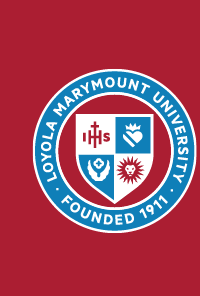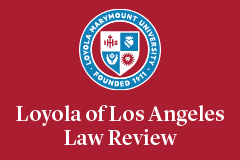Abstract
In 1996, California banned affirmative action in both state employment and state education. This ban extends to California’s universities, which are therefore prohibited from using race, sex, color, ethnicity, or national origin in faculty hiring and promotion as well as student admissions. As a result, California’s universities have had to think of alternative ways to improve the diversity of their faculty and students. One solution many California universities have adopted is to ask applicants for faculty positions or promotions to submit a statement describing their approach to diversity, equity, and inclusion. However, the use of diversity, equity, and inclusion statements in faculty hiring and promotion has come under significant criticism. Critics argue that basing faculty hiring and promotion on how an applicant approaches diversity, equity, and inclusion violates academic freedom and the First Amendment.
This Note addresses these criticisms and proposes a way forward. It argues that the criticisms levelled against diversity, equity, and inclusion statements only affect some of the ways these statements are implemented and used; other implementations and uses escape unscathed. In order to avoid the criticisms—and potential legal challenges—this Note makes two proposals. First, California universities should only use diversity, equity, and inclusion statements to evaluate applicants’ contributions to diversity, equity, and inclusion, and not applicants’ beliefs about these matters. Second, applicants’ contributions should be evaluated primarily in terms of their impacts on student post-graduation outcomes and research and scholarship.
Recommended Citation
Matthew W. Babb,
Who’s Afraid of Diversity, Equity, and Inclusion Statements in Faculty Hiring and Promotion at California Universities?,
57 Loy. L.A. L. Rev. 131
(2024).
Available at: https://digitalcommons.lmu.edu/llr/vol57/iss1/4


